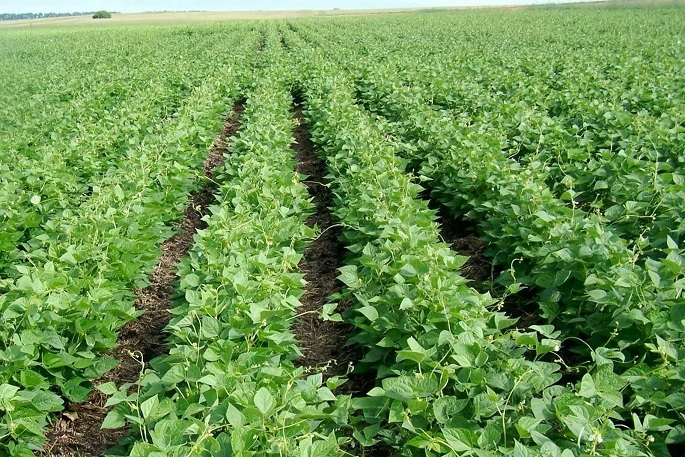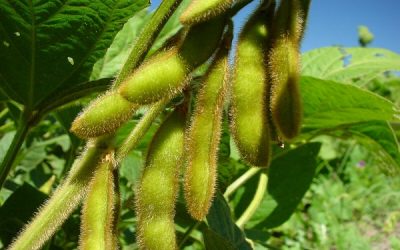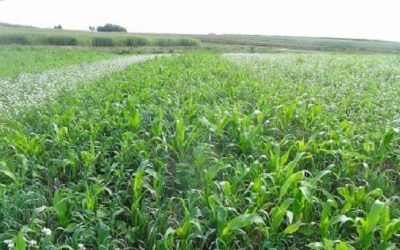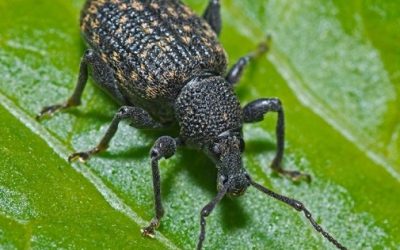Good bean farming, harvesting, and post-harvest practices.

It is important that farmers produce good quality products in order to sell them at better prices.
Good hygiene practice is key for all food handlers, including farmers. A farmer stands a risk of his beans being rejected by buyers if they are mixed with foreign objects such as stones or if they have weevil-bored holes. And apart from that the members of his household deserve good, clean, and nutritive food.
Best practices
Farmers must always ensure they do not harvest beans before they are mature.
They ought to avoid all risks of causing rotting and germination during harvesting and storage. They should not uproot the dry beans from the field when it is raining or when it is too hot. On the other hand uprooting them when it is too hot can cause the pods to break and to spill some of the beans in the field before they get to the store which is a loss to the farmer.
The beans ought to be dried and threshed on a clean tarpaulin or mats. Drying beans on the bare ground exposes them to foreign objects which lowers their quality. The threshed beans must also be dried on a clean surface up to moisture content of about 13 per cent.
Seeds for the ground
A farmer should also ensure he purchases the right bean seeds. It is advisable to plant improved or certified bean seeds given that we are working during times of climate change. Some seeds are bred to be tolerant to harsh weather conditions while others are bred to be less susceptible to pests and disease attack. Yet other bean seeds are bred to be high yielders.
Fertilisers
A farmer should apply the recommended fertiliser type before and after planting. There are fertilisers such as animal droppings or other organic matter that can be ploughed in the soil in the field before sowing the beans.
The farmer can also broadcast some synthetic fertiliser in the field before planting the beans. The beans should be planted in lines and in accordance with the recommended spacing. There ought to be regular communication between the farmer and the area agricultural services extension officer for the farmer to get all the necessary guidance.
Crop rotation
The practice of crop rotation which is about changing the crops planted in a given area of the farm every season —- where beans were planted in the last rain season, plant maize this time, and plant the beans where groundnuts were growing earlier.
This practice also discourages pest multiplication apart from sustaining soil fertility. It is good to plant early – as soon as the rains begin so that the beans emerge out of the soil well before the weeds do so.
Weeding
The farmer is encouraged to weed on time to prevent weeds competing with the beans. If there is any threat of pest or disease attack, the farmer is advised to use approved pesticides and preferably in consultation with the area agricultural services extension officer. It is extremely dangerous to apply expired or adulterated chemical pesticides.
Post-harvest handling
After the beans have been threshed and winnowed, the farmer is then charged with sorting and grading them.
He has to ensure they are the right variety and the right colour that he originally desired to produce. He must remove any beans that are different from the ones he aimed to get. He should make sure the store where he intends to keep the beans is clean and dry.
The bags containing the dry, clean, beans should be placed on raised planks or crates about a foot from the ground to avoid picking moisture from the ground. Nowadays farmers’ shops stock air-tight bags in which grain can be packed without any risk of pest attack. Alternatively, there are recommended pesticides that farmers can apply on harvested beans but they have to be handled and used with extreme caution, following the manufacturers’ guidelines.
Basically every farmer must understand that beans are food. So it is not right to store beans in the same room where animals are kept for the night. Keeping the beans or any other food crop in the same store where pesticides and herbicides are kept carries the risk of introducing the poisons into the beans.
All foreign objects such as sand, stones, soil, small pieces of metal mixed with beans make eating beans unpleasant and discourage customers from going back to the same farmer to make more purchases. Other filth not acceptable includes, metallic pieces, shale, glass, dust, sand, gravel, stones, dirt, livestock droppings, lumps of earth, clay and saw dust among other objects.
Bad practice
Some dishonest farmers and traders intentionally mix foreign objects in the beans with the aim of getting extra weight for their bags of beans but ultimately this carries the risk of spreading disease, spoiling the quality of beans, and reducing farmers’ revenue as poor quality products always attract fewer buyers.
Scientists also warn that, when beans are not properly handled, poisons known as aflatoxins and fumonisins are released


